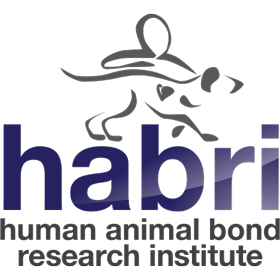Principal Investigator
Rationale
ADHD is one of the most common childhood developmental disorders with a worldwide prevalence ranging from 4% to 12%. Complementary interventions therefore become extremely important to reduce the growing disease burden by augmenting traditional treatments. HAI based interventions show initial promise as one such modality with both theoretical backing and active acceptance among caregivers of children with ADHD. Popular accounts further espouse the benefits of companion animals for ADHD. However, there still remains a critical need for a strong empirical evaluation of the effects of animals on children with ADHD, particularly in primary deficit areas. The rationale behind this research is to understand the effects of animals in ADHD through a key neurobiomarker link which may otherwise remain unsubstantiated, thereby limiting the scope of potential HAI applications for ADHD. Findings from this research will provide data both on the impact of HAI and the possible mechanisms through which HAI may operate, thereby informing a more nuanced exploration of HAI efficacy for ADHD in future research.
Objective
- Objective 1: Quantifying the impact of animal stimuli in modulating social attention in ADHD via an eye tracking of visual gaze measures and a facial emotion recognition task.
- Objective 2: Quantifying the impact of pets on social functioning in children with ADHD via child and caregiver responses using standardized measures.
Hypothesis
Researchers hypothesize greater social attention in response to animals and a positive association of pet companionship and attachment with social skills and quality of life in children with ADHD as measured by the stated objectives.
Design
Researchers will use a cross-sectional design to assess social attention and functioning as modulated by pet companionship in children with ADHD and typical controls (ages:8-13years). Based on a power analysis using a conservative effect size participants (ADHD n=170; TD n=170) will be recruited from public/semi-private hospital databases along with recruitment flyers distributed to private paediatric and counselling clinics (for ADHD participants) and public and private schools (for TD participants).
Expected Results
Researchers anticipate that children with ADHD will show greater attention to animal faces and this will be positively associated with pet ownership and attachment. This expected result correlates with Objective 1.
Researchers also anticipate social functioning and quality of life to be positively associated with pet ownership and attachment in children with ADHD. This expected result correlates with Objective 2.
Acknowledgements
This project was made possible with the generous support of Pet Partners.





